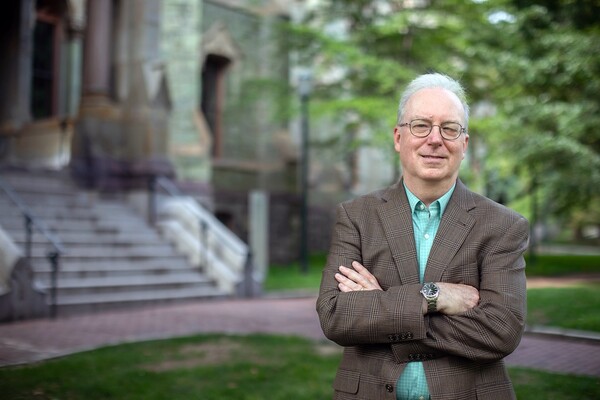
nocred
Nicole O’Donnell, a recovery specialist for Penn Medicine’s Center for Opioid Recovery and Engagement (CORE), is, in many ways, the face of the program. When those with opioid use disorder enter a downtown Penn Medicine emergency room, she’s often the person who first touches base with them about potentially starting recovery. She’s also the one who keeps tabs on patients as they move forward. Sometimes, she’ll stay in contact with a patient for years.
Like most of medicine, CORE shifted to a telehealth response. That’s one of the reasons why the COVID-19 outbreak is so difficult for her.
“We don’t get to give hugs,” she explains.
O’Donnell relishes the connections she makes with patients, but the virus has made in-person contact risky. Beyond that, it has made Penn Medicine’s new and integral CORE program difficult to continue implementing. Established through the Center for Health Care Innovation’s accelerator program last year, CORE uses algorithms to flag emergency department patients with opioid use disorder whose emergency symptoms that day may not outwardly present it. Once flagged, patients can be engaged with for potential further treatment. That often includes the use of a buprenorphine “bridge prescription,” which gets patients the medication that cuts into the toxic effect and cravings for opioids, decreasing the chance of an overdose and making patients more likely to continue with further appointments for recovery.
O’Donnell is the first link in the CORE chain, engaging with patients once flagged and helping guide them into the process. But that chain was built around a once (and future) unmet need: Opioid use patients coming into emergency departments but missing connections for lasting recovery care. COVID-19 threw a wrench into Penn Medicine’s solution.
This story is by Frank Otto. Read more at Penn Medicine News.
From Penn Medicine News

nocred

Image: fcafotodigital via Getty Images

Image: Mininyx Doodle via Getty Images

Charles Kane, Christopher H. Browne Distinguished Professor of Physics at Penn’s School of Arts & Sciences.
(Image: Brooke Sietinsons)